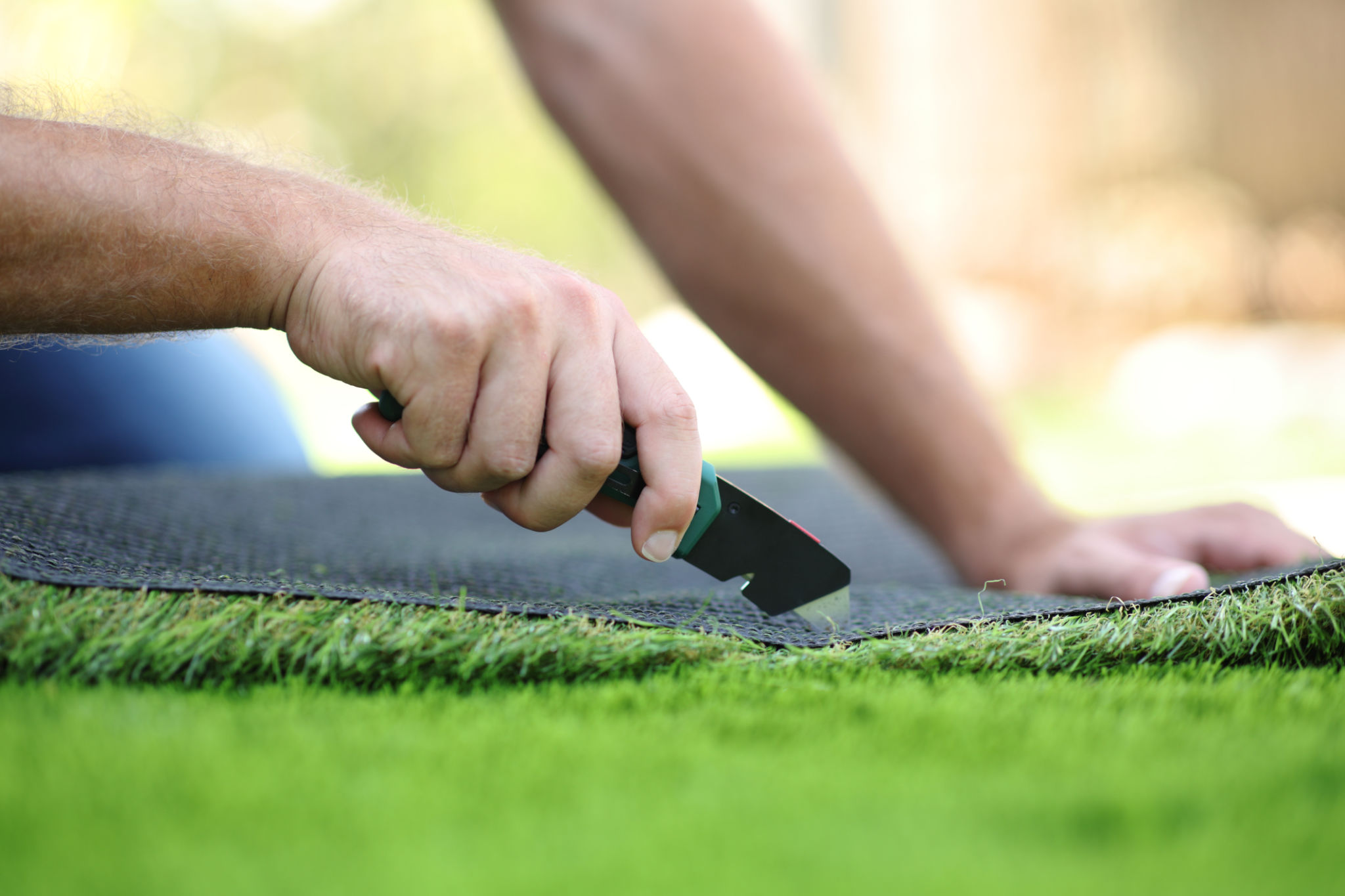Common Myths About Turfing and How to Get It Right
Understanding Turfing: Dispelling the Myths
Turfing, the practice of installing grass surfaces, has become increasingly popular for both residential and commercial properties. However, misconceptions about turfing can often lead to confusion and missteps. In this blog post, we'll explore some common myths about turfing and provide insights on how to get it right.

Myth 1: Turf is Always Maintenance-Free
One of the biggest myths surrounding turf is that once installed, it requires no maintenance. While it's true that artificial turf requires less upkeep than natural grass, it still needs regular care to maintain its appearance and longevity. Regular brushing, rinsing, and occasional spot cleaning are essential to keep your turf looking its best.
Moreover, natural turf requires mowing, watering, and fertilizing to sustain its health. Understanding the type of turf you have can guide you in implementing the right maintenance routine.
Myth 2: Turf Harms the Environment
Some people believe that turf installations are detrimental to the environment. However, this isn't entirely accurate. Modern advances in turf technology have led to eco-friendly options that are recyclable and made from sustainable materials.

Additionally, artificial turf reduces the need for chemical fertilizers and pesticides, which can be harmful to the ecosystem. It also conserves water, which is a critical environmental benefit in areas prone to drought.
Myth 3: Turf Looks Unnatural
The belief that artificial turf looks fake and unnatural is another common misconception. Thanks to advancements in design and materials, today's artificial turfs closely mimic the appearance and feel of natural grass. With options available in various shades and textures, you can achieve a look that blends seamlessly with your surroundings.
When choosing turf, consider factors like color variations and pile height to ensure the most natural appearance. A professional installation can further enhance the realistic look of your turf.

Getting Turf Installation Right
Choose the Right Turf for Your Needs
To get turfing right, it's crucial to choose the right type of turf for your specific needs. Considerations include:
- Location: Whether it's for a backyard, sports field, or commercial space.
- Usage: The amount of foot traffic and activity level expected.
- Climate: Local weather conditions that may affect the type of turf suitable for your area.
Professional Installation Matters
While DIY installation might seem tempting, hiring professionals can make a significant difference in the outcome. Experienced installers ensure proper ground preparation, drainage solutions, and a seamless fit that enhances both aesthetics and functionality.
Regular Care and Maintenance
Once installed, regular maintenance is key to preserving your turf's appearance and durability. Establish a routine that includes:
- Brushing the fibers to prevent matting.
- Rinsing with water to remove dust and debris.
- Checking for repairs or adjustments periodically.

Turfing can transform your space into a lush, green oasis with minimal effort. By understanding the truths behind these common myths and following best practices for installation and care, you can enjoy a beautiful and sustainable lawn year-round.
